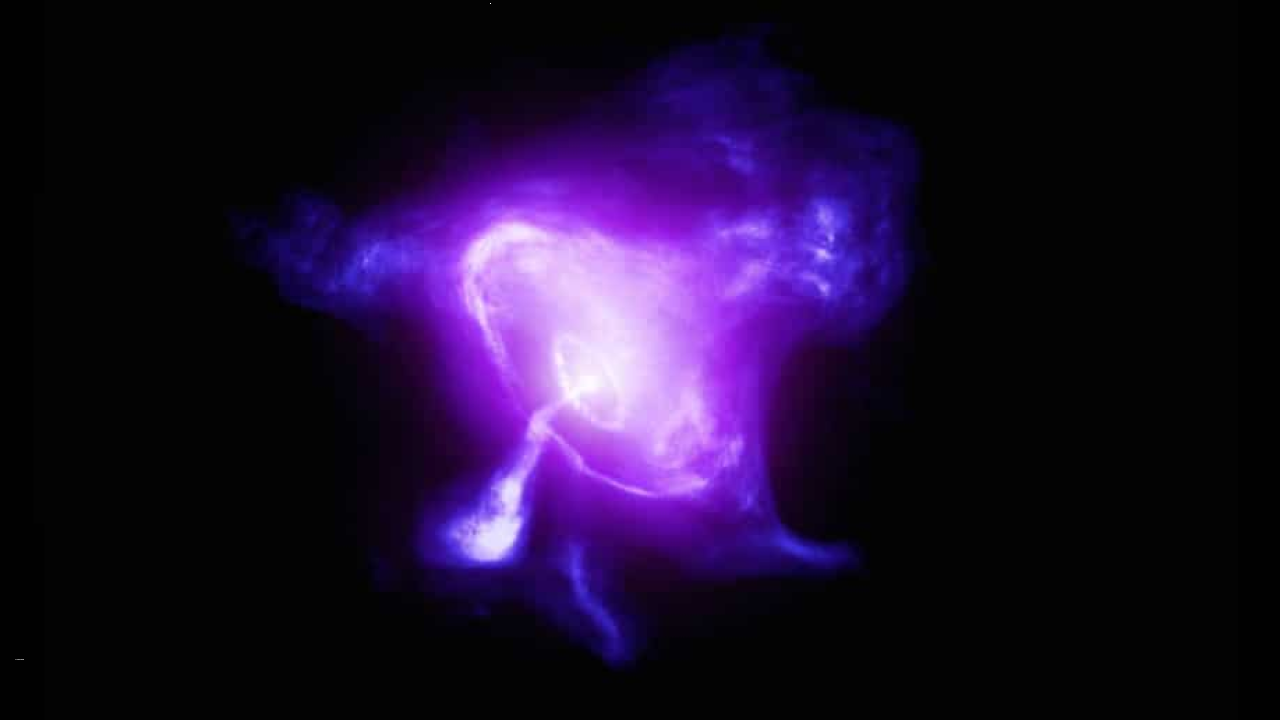What is Crab Nebula?
NASA’s Imaging X-ray Polarimetry Explorer (IXPE) released a breathtaking image of the Crab Nebula, a celestial object that has intrigued astronomers for centuries.
NASA’s IXPE and the Crab Nebula
NASA’s IXPE is a spacecraft that is designed to study the polarization of X-rays emitted from celestial objects like the Crab Nebula. The IXPE was launched on December 9, 2021, and it has already captured incredible images of the Crab Nebula, which is located in the Taurus constellation. The Crab Nebula is approximately 6,500 light-years away from Earth.
The Crab Pulsar and its Size
The Crab Nebula is the remnant of a supernova explosion that was observed on Earth in 1054 AD. This explosion created a dense object called the Crab Pulsar. The Crab Pulsar has a diameter that is about the same as the length of Manhattan and a mass that is equivalent to two Suns. The pulsar rotates at a rate of 30 times per second, creating a chaotic mess of gases, shock waves, magnetic fields, and high-energy light and particles, which are collectively known as a “pulsar wind nebula.”
Scientists’ Quest to Understand the Magnetic Field
The pulsar wind nebula of the Crab Nebula is of particular interest to scientists because it gives them a glimpse into the magnetic field. The polarisation of X-rays emitted from different parts of the Crab Nebula gives scientists clues about the direction and the orderliness of the magnetic field. This is important because the magnetic field plays a critical role in the behavior of cosmic objects.
Origination of X-rays from the Crab Nebula
Although scientists know that X-rays are emitted from the Crab Nebula, they are still unsure about the exact location and process that causes the emission. However, they believe that the X-rays originate in the outer magnetic field region, also known as the “wind” region.
Martin Weisskopf and the Development of Powerful Instruments
The Crab Nebula has been a source of fascination for astronomers for many years. Astronomer Martin Weisskopf and his colleagues proposed developing a satellite with “powerful instruments” to gather more detailed measurements of the Crab Nebula and other mysterious cosmic objects.
Month: Current Affairs – April, 2023
Category: Science & Technology Current Affairs


